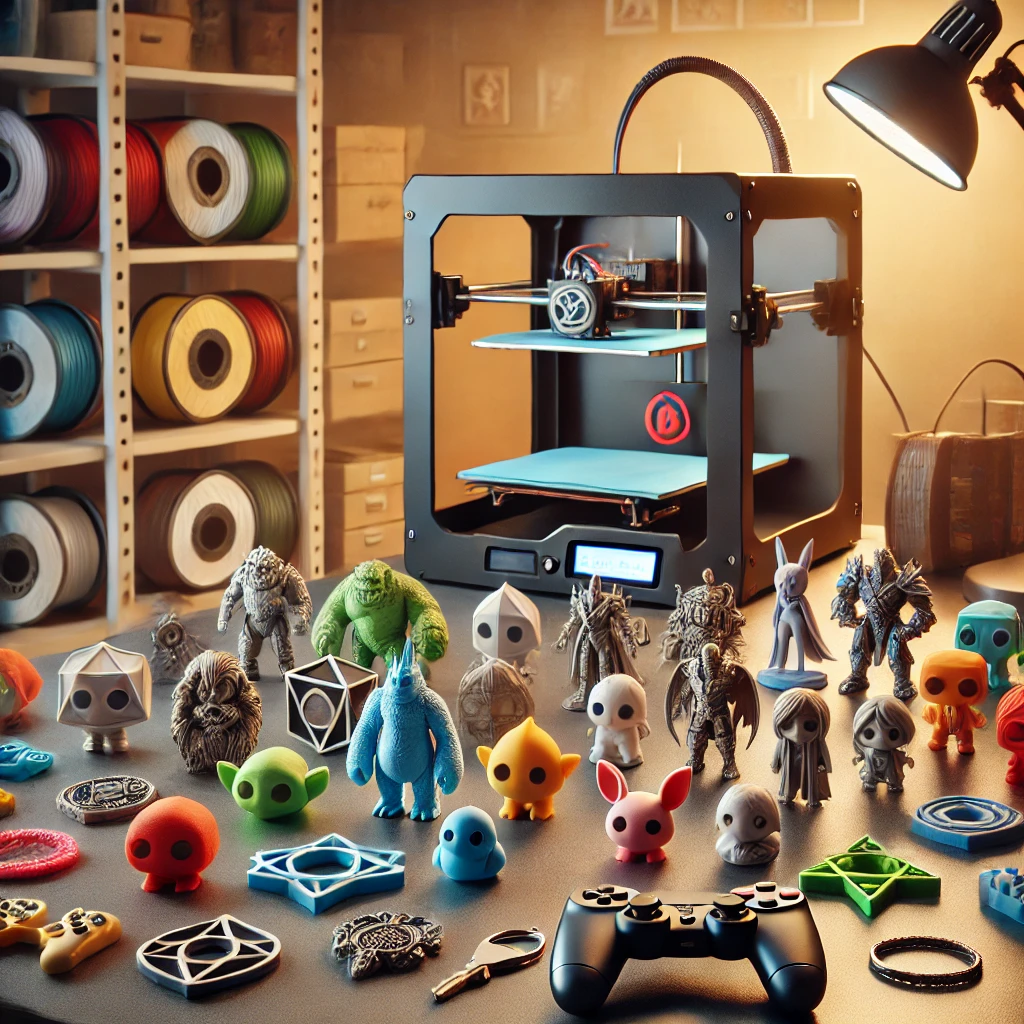Smart Collars: The New Era of Pet Tracking and Wellness

Smart collars are revolutionizing the way we care for our pets. Far from being simple accessories, these devices combine technology, tracking, and animal wellness in one powerful tool. In 2025, the pet tech market continues to expand rapidly, driven by a global trend to connect our furry friends to the digital world. And if you love both technology and animals, get ready: the future of pet care has arrived — and it’s wrapped around your pet’s neck.
Smart collars allow owners to monitor location, sleep, physical activity, and even vital signs in real time. The best part? They do it seamlessly, through lightweight devices that connect to smartphone apps, bringing safety and convenience to pet parents with busy, modern lives.
What Are Smart Collars and How Do They Work?
Smart collars are wearable devices designed to monitor the behavior, location, and health of dogs and cats. They function similarly to a human smartwatch but are adapted to an animal’s lifestyle. These collars use motion sensors, GPS, Bluetooth or 4G connectivity, and, in some cases, artificial intelligence to detect patterns and issue alerts when necessary.
In practical terms, the owner connects the collar to an app and can instantly view where their pet is, how much they slept, how active they were, or whether there’s been an unusual change in behavior. This technology is especially useful for pets that roam outdoors, live in rural areas, or have a tendency to wander off.
Some of the most popular brands include Whistle, Tractive, and Fi Smart Collar. Each offers different features — from real-time GPS tracking to detailed health monitoring and integration with voice assistants. Some even allow users to set “safe zones”: if the pet leaves these zones, the app sends an instant alert.
Why Have Smart Collars Become So Popular?
The rise of the pet tech industry reflects the growing “humanization” of pets. According to Fortune Business Insights, the global pet technology market is expected to surpass $20 billion by 2030. Smart collars account for a significant share of this growth, driven by the demand for safety, convenience, and the emotional bond between humans and their pets.
Benefits for Owners and Pets
Smart collars are not just fancy gadgets — they deliver real benefits. For pet owners, they bring peace of mind by ensuring safety and health monitoring. For pets, they promote a healthier, more active lifestyle. Let’s break down some of the main advantages:
- Real-time location tracking: built-in GPS lets you track your pet anytime, anywhere.
- Activity monitoring: counts steps, calories, and movement time to help prevent obesity and inactivity.
- Health and wellness insights: detects behavior changes, sleep patterns, and signs of stress.
- Personalized alerts: notifies you of unusual activity or deviations from your pet’s routine.
- Behavior history: keeps long-term data to help veterinarians track health progress.
Some premium smart collars even feature temperature and heart rate sensors, ideal for senior pets or those with chronic conditions.
Emotional Impact and Safety
Anyone who’s ever lost a pet knows the panic that comes with it. Smart collars make that nightmare far less likely by providing instant location alerts if your pet strays too far. This gives owners a sense of security and strengthens the emotional bond with their pets — because safety and peace of mind go hand in hand.
Comparison of Leading Smart Collar Brands
The smart collar market is both competitive and diverse. Each brand has its strengths, and choosing the right one depends on your pet’s lifestyle and your priorities. Below is a comparison of some of the top models available in 2025:
| Model | Main Features | Battery Life | Average Price |
|---|---|---|---|
| Whistle Go Explore 3.0 | GPS tracking, health monitoring, behavior alerts | 20 days | $129 |
| Fi Smart Collar Series 3 | Real-time tracking, water resistance, safe zones | 30 days | $149 |
| Tractive XL | For cats and large dogs, route history tracking | 7 days | $79 |
In terms of cost-effectiveness, the Fi Smart Collar stands out for its excellent battery life and data analysis features, while Whistle excels in health monitoring and activity tracking — making it ideal for attentive pet owners.
Health and Wellness: Beyond Tracking
Smart collars go far beyond simple GPS tracking — they help owners better understand their pets’ health and behavior. By tracking sleep, movement, and activity levels, the devices provide a complete view of a pet’s lifestyle, helping owners adjust diets, exercise routines, and vet visits.
According to Fi Smart, pet owners who adopted health-monitoring collars reported up to a 30% reduction in obesity-related issues among dogs. Cat owners, meanwhile, observed improved sleep patterns and higher engagement in daily playtime.
Real-Life Use Cases
Imagine getting a smartphone alert that your dog hasn’t slept well for several nights — only to discover the cause is a drop in room temperature. That’s the power of smart collars: turning data into action. In multi-pet households, they also help owners personalize care and spot issues early for each animal.
Current Limitations and Challenges
Despite their potential, smart collars still face technical and logistical challenges. Battery life, for instance, varies significantly depending on how frequently GPS tracking is used. Accuracy can also fluctuate in rural areas or places with poor signal coverage.
- High cost: still not accessible for every pet owner.
- Maintenance: requires frequent recharging and app syncing.
- Compatibility: some models only work with specific mobile systems.
Another important concern is data privacy. With so much personal and behavioral information being collected, discussions about how companies store and use pet-related data are becoming more relevant than ever.
The Future of Pet Wearables
The evolution of smart collars is leading toward greater integration with artificial intelligence and smart home systems. Some new prototypes already respond to voice commands through Alexa or Google Assistant, while others use predictive AI to identify potential health issues before symptoms appear.
Next-generation versions are expected to include advanced biometric sensors capable of detecting temperature, heart rate, and even mood changes through movement analysis. The convergence of empathy and technology could redefine the way we care for our furry companions.
Integration with Smart Homes
Smart homes are joining the trend as well. Today, smart collars can already sync with automatic feeders or smart doors, adjusting routines based on your pet’s behavior. The idea of pets having their own “digital schedules” doesn’t sound so futuristic anymore — and honestly, it’s absolutely adorable.
Conclusion: The Perfect Link Between Technology and Love
Smart collars embody the union of technology, care, and affection. They turn data into meaningful insights — and transform pet care into something safer, healthier, and more connected.
Author’s note: as a tech and pet enthusiast, I find it absolutely fascinating to see how far innovation has come. It feels like watching a sci-fi movie come to life! The idea of our pets having their own “smartwatches” is simply brilliant — and I can’t wait to see what’s next. 🐾💚 Despite all these technological advances, my honest advice is: any collar will help. Always keep your pet identified, so if they get lost, people will know they belong to a family and can help them find their way home.
👉 Enjoyed this article? Explore more on TechInNess and subscribe to our newsletter for exclusive insights on AI, gadgets, and the future of technology.
Frequently Asked Questions
- Do smart collars work for cats?
Yes, there are lightweight models designed specifically for cats. - Do they need internet access?
Most do, since GPS and mobile data are required for real-time tracking. - Can I track multiple pets in one app?
Yes, most major brands allow you to manage multiple profiles. - Are they waterproof?
Premium models like Fi and Tractive are IP68-certified water-resistant. - How long does the battery last?
Battery life ranges from 7 to 30 days depending on model and GPS usage. - Do any models use AI?
Yes, some already integrate AI to interpret behavior and predict patterns.



